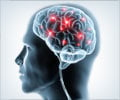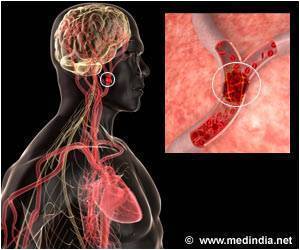Stroke mimics are medical conditions that look like strokes, while chameleons are strokes that look like other conditions.

‘Diagnostic accuracy may be complicated by the abundance of both stroke mimics and stroke chameleons. ’





.
Drs. Biller and Hextrum examined mimics and chameleons associated with ischemic strokes, which account for about 85 percent of all strokes. Ischemic strokes are caused by blood clots that block blood flow to an area of the brain. (The other main type of stroke, hemorrhagic, is caused by bleeding in the brain.) Permanent damage from an ischemic stroke can be minimized by quickly restoring blood flow. This can be done by administering the clot-busting IV drug tPA or by performing a minimally invasive surgery to remove the blood clot. But such treatments can do more harm than good if a patient is incorrectly diagnosed.
The exact prevalence of stroke mimics is unknown. According to previous studies, anywhere from 1.4 to 38 percent of patients admitted for suspected ischemic strokes actually have other conditions.
For example, Drs. Hextrum and Biller cite the case of a 79-year-old woman who experienced sudden weakness on the right side of her body and difficulty speaking - classic signs of a stroke. But a CT angiogram showed no evidence of stroke, and she later was correctly diagnosed as having viral encephalitis.
In another stroke mimic, a 60-year-old man had difficulty walking, speaking and reading. He also had vision problems that were preceded by a headache. The patient earlier had received radiation for a brain tumor. Rather than a stroke, he was experiencing SMART syndrome (stroke-like migraine attacks after radiation therapy).
Advertisement
Stroke chameleons with non-specific symptoms, such as nausea, vomiting and decreased mental activity, pose a particular challenge when triaging patients in the emergency room. But often, such patients also have neurologic deficits that can indicate a stroke.
Advertisement
They conclude: "Attention to subtleties of the neurologic examination and listening closely to patients remain critical for both diagnostic accuracy and development of sound clinical judgment."
Their paper is titled, "Clinical Distinction of Cerebral Ischemia and Triaging of Patients in the Emergency Department."
Source-Eurekalert









